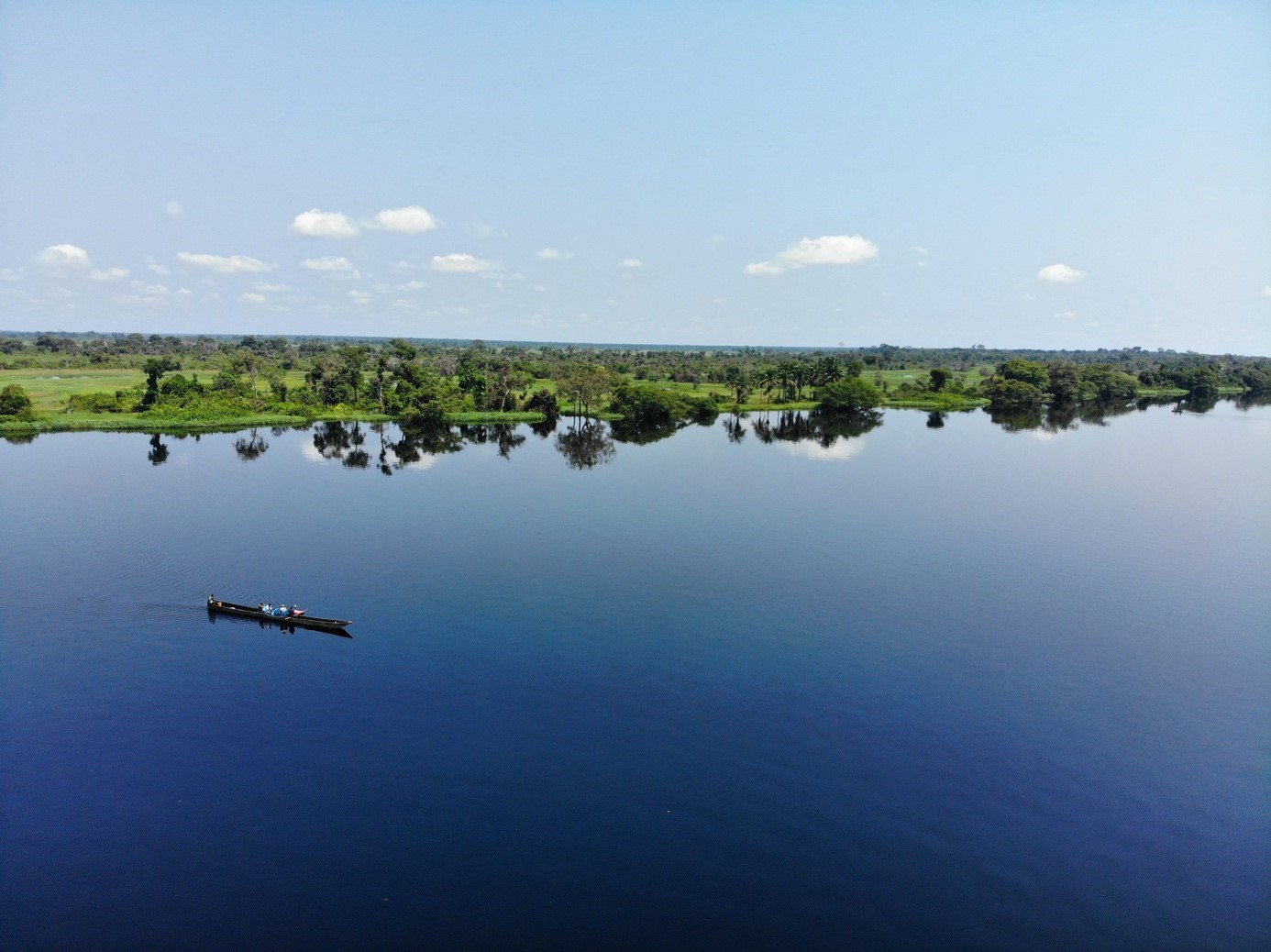Carbon Biogeochemistry of Tropical Rivers

Background
Rivers transport a significant amount of carbon (C) downstream in dissolved and particulate forms and to the atmosphere as carbon dioxide and methane. As such, rivers represent important components of the global C cycle and useful integrators of landscape level processes. The composition of riverine C, both isotopically and molecularly, can provide useful insights into the source, reactivity, and fate of this important element. Through my research, I aim to quantify and characterize the C in rivers to assess how deforestation and agricultural land-use change in the Congo Basin impact the terrestrial and aquatic C cycle. The Congo comprises the second largest swathe of tropical forest on Earth and faces mounting impacts from forest loss driven by shifting agriculture in concert with rapid human population growth.
Objectives
1. Compare the flux and composition of C in paired pristine and agricultural low-order catchments.
2. Link aged (14C-depleted) soil carbon mobilized by agricultural deforestation with dissolved CO2 in rivers.
3. Explore the fluxes and seasonality of C in a large pristine watershed to establish a robust baseline against which future impacts can be assessed.
Outcomes
We expect to quantify how agricultural land-use change augments or reduces the amount of C lost to lowland rivers of the Congo Basin. Furthermore, we aim to delve into the composition of this C and learn its provenance and predict its fate. By comparing isotopic signature of C mobilized to rivers with that of potential sources (i.e. modern vegetation and different soil horizons), we expect to be able to determine the extent to which agriculture shifts the proportion of surface vegetation to soil C and derive an average catchment soil loss rate. Such information is particularly relevant for subsistence farmers whose food and livelihoods depend on soil fertility and sustainability. From the monitoring of the larger pristine river, we aim leverage C export data along with data from a recently installed eddy-covariance flux tower to close the watershed C budget. This will provide a unique perspective on the proportion of Net Ecosystem Production exported by tropical rivers and help constrain the tropical forest C sink.
Country: Democratic Republic of Congo
System: Aquatic network
Project duration: 2 years
Project partner: Dr. Matti Barthel (SAE), Simon Baumgartner (UC Louvain), Dr. Marijn Bauters (Ghent University), Prof. Tim Eglinton (ETHZ), Prof. Kristof Van Oost (UC Louvain), Prof. Robert Spencer (Florida State University)
Project funding: ETH core funding granted to Johan Six
My fluvial C biogeochemistry work is done in collaboration with the Congo Biogeochemistry Observatory external page(www.congo-biogeochem.comcall_made).
For further information please contact Travis Drake () or Johan Six ().

